Established in 1899, Hue town on both banks of the Perfume River was quickly expanded to develop into a city in 1929.
 |
| Hue city seen from above. Photo: NGUYEN PHONG |
Establishment of Hue town
Hue city under the Nguyen Dynasty was heavily influenced by heavy political factors, without proper administrative organization and urban management. The urban space was small, and bustling activities were concentrated only in the Citadel and a few surrounding market streets. With the Harmand Treaty (1883) and Patenotre (1884), the French colonialists basically completed their invasion of our country. It was from this period onwards that new urban types were formed.
After the fall of Hue (July 5, 1885), the French established a Western quarter on the south bank of the Perfume River to serve the apparatus of the Central Region Apostolic Delegation and the expanded military barracks. Within 30 years after the French started construction of the Central Region Apostolic Delegation wharf until the early years of the 20th century, the area south of the Perfume River rapidly developed, soon forming the shape of a new urban area with "longitudinal rows, horizontal buildings", the road system was initially convenient for both horse-drawn carriages, two-way rickshaws and other types of vehicles.
According to researcher Duong Phuoc Thu, when they arrived in Hue, the French forced King Tu Duc to give them land on the southern bank of the Huong River to set up military posts. Gradually, they took more land to build the Apostolic Palace (construction began in April 1876 and was completed in July 1878), set up the Wire Department (today the Hue Post Office ), a tax station, open a Convent school, build a Catholic church, establish a hospital, open a treasury, a hotel, a dance hall, etc.
On October 20, 1898, the Hue Court Privy Council submitted a petition to King Thanh Thai, requesting the king to allow "any place where the Resident of Central Vietnam and the Privy Council deem it necessary to establish a city". This was the first step in the birth of a new administrative unit in Hue. On July 12, 1899, King Thanh Thai issued an edict announcing the establishment of Hue town along with five other cities in the Central region: Thanh Hoa, Vinh, Hoi An, Quy Nhon and Phan Thiet. One day later (July 13, 1899), the French Resident Boulloche approved King Thanh Thai's edict and on August 30, 1899, the Governor-General of Indochina issued a decision to approve it.
It was not until two years later, on December 31, 1901, that the Governor-General of Indochina issued a decree defining the boundaries of Hue City. Accordingly, the Imperial City area was not included in the newly established administrative unit. The initial boundaries of Hue City only included the surrounding areas around the Imperial City and a narrow strip of land on the southern bank of the Perfume River, along the road close to the riverbank (now Le Loi), from Tho Loc ferry (Dap Da) to a distance past Quoc Hoc School.
 |
| Truong Tien Bridge across the Perfume River was built in 1897. Photo: DOCUMENT |
From town to city
The administrative boundary of Hue city was too small to meet the urban exploitation needs of French capitalists, nor was it commensurate with its political position as the center of the colonial government in Central Vietnam. On June 22, 1903, King Thanh Thai issued an edict and was approved by the Governor-General of Indochina on July 3, 1903, Hue city was expanded for the first time. The French mainly added the boundary south of the Perfume River. The newly annexed area was the area behind Quoc Hoc School up to Nam Giao Bridge, across the slope of Bao Quoc Pagoda, Phu Cam River to Ben Ngu slope, around Phu Cam Market, out to the riverbank until it bordered the old area.
Five years later, on May 9, 1908, King Duy Tan issued an edict and the Governor-General of Indochina issued a decree approving it on July 24, 1908, allowing the expansion of Hue's territory for the second time. In this expansion, the boundaries of Hue city were defined into two distinct areas: the left bank of the Huong River, including the area around the Citadel, limited by the canals outside to the border of the Huong River; the Gia Hoi River area was limited by the Huong River and the Dong Ba canal to the ferry terminal to Nam Pho.
On the other side of the right bank, the town's land, including the Huong River running along the An Cuu Canal to Phu Cam Market Road, intersecting Phu Thua's land, passing through the 8-acre rice field of Duong Xuan and Dong Loc villages, crossing Colonial Road No. 1 (now Hung Vuong Street) and running straight to the south of Tho Loc ferry. The whole town is divided into 8 wards, from De Nhat to De Bat, of which 7 wards are on the left bank and only De Bat Ward, occupies the entire land on the south bank of the Huong River.
On November 4, 1921, King Khai Dinh issued an edict to redefine the boundaries of Hue city for the third time and was approved by the Governor General of Indochina on February 25, 1922. Hue city had an additional ward De Cuu, a newly opened area around Hue station, stretching from Nam Giao bridge to Da Vien bridge. This boundary remained unchanged until 1975.
On December 12, 1929, the Governor-General of Indochina issued a decree to upgrade Hue town to Hue city. Although it was the center of the French and Southern Dynasties' administration, the upgrade from town to Hue city was quite late. The Da Nang concession was established as a level II city on May 24, 1889. Before Hue, in the Central region, there were towns that were upgraded to level II cities, such as Da Lat (October 31, 1920), Vinh - Ben Thuy (December 10, 1927), Thanh Hoa (May 31, 1929). With the birth of Hue city, many new urban areas appeared, with a more dense population and bustling markets, contributing to accelerating the urbanization process, bringing Hue to the same level as average cities during the French colonial period.
It was not until November 21, 1934 that the Ministry of Personnel of the Hue court submitted a memorial to the Emperor of Annam and two days later (November 23, 1934), King Bao Dai issued Decree No. 41, approving the reorganization of Hue city according to a new order. Starting from 1935, the reorganization of the city was carried out. The boundaries remained the same but the dividing lines and limits between wards, villages and parts of villages in the city were cut off. The entire city was divided into 11 administrative units, called 11 wards according to the new name, taking the word "Phu" as the common foundation. The left bank of the Perfume River, mainly the area surrounding the Citadel, had 3 wards: Phu Hoa, Phu Binh and Phu Thanh. The Gia Hoi sandbank area had 4 wards: Phu Cat, Phu My, Phu Tho and Phu Hau. The right bank of the Perfume River had 4 wards: Phu Ninh, Phu Vinh, Phu Hoi and Phu Nhuan.
(To be continued)
Part 2: Finding the right model
Source







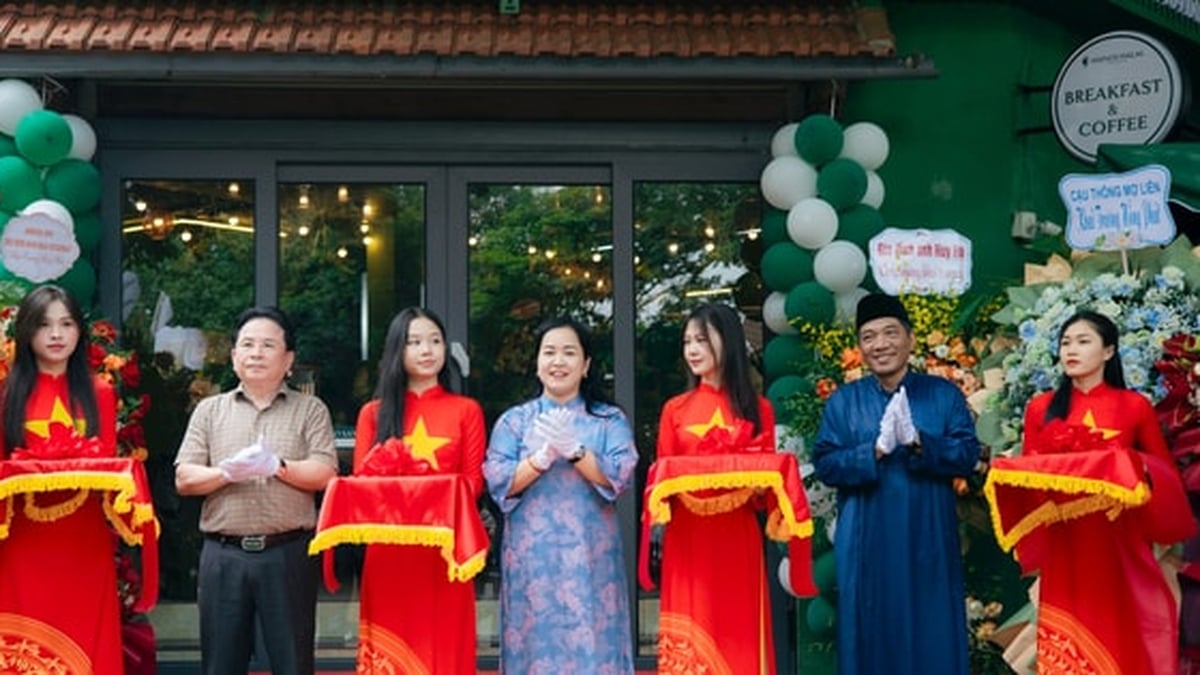




























































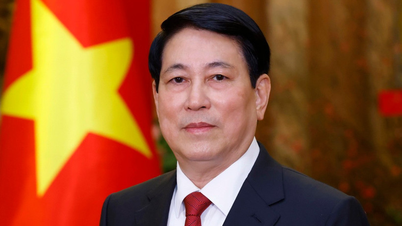

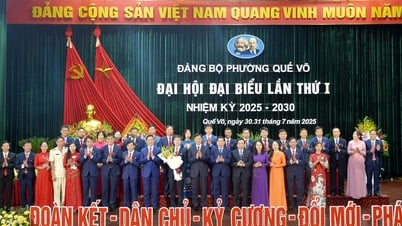

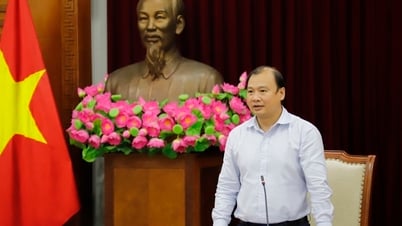

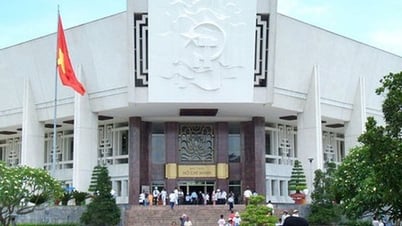



























Comment (0)